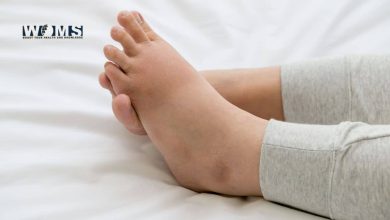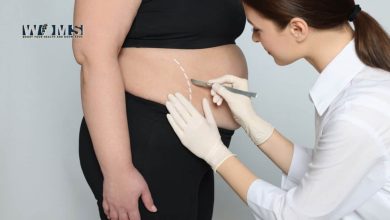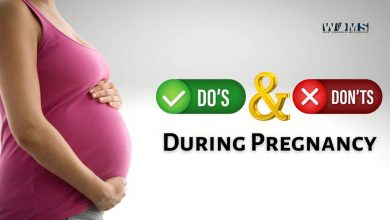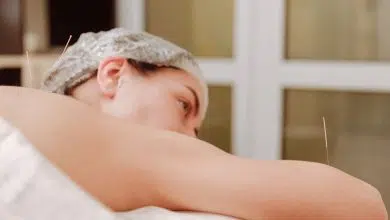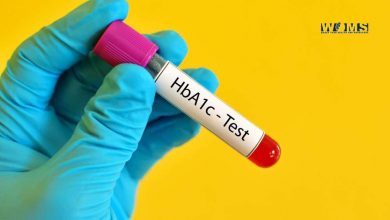How To Manage Incontinence Among Women With Menopause Symptoms
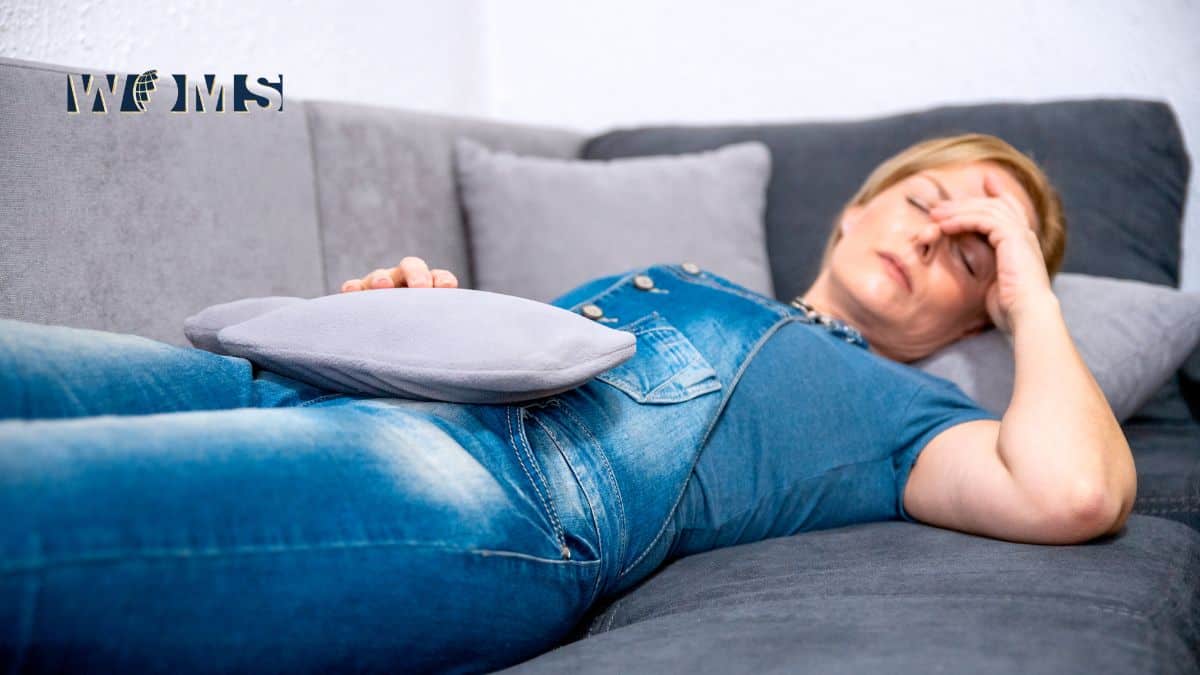
Menopause comes with its own set of uncomfortable symptoms: hot flashes, night sweats, and mood changes can make life challenging. Unfortunately for many women, incontinence is another common issue that occurs as part of these problems.
Bladder control becomes more difficult when you’re suffering from menopause. Is there a reason that this is so?
Learn why incontinence happens during menopause, and what you can do to manage incontinence when also experiencing menopause symptoms.
Types of Incontinence
There are varying types of incontinence that you may experience during menopause, that include the following:
- Stress Incontinence is the most common type of bladder problem, caused when you leak from placing added pressure on your bladder like sneezing, coughing, or laughing.
- Urge Incontinence, also called overactive bladder, is when you feel the constant need to go to the bathroom, maybe even right after you went, and experience accidents if you don’t get there in time.
- Overflow Incontinence is frequent or constant leaking of urine because your bladder doesn’t empty entirely.
During menopause, you’ll often experience incontinence in the need to go at night. The need to use the bathroom at night and get up to go is known as nocturia. The last type of incontinence can be a combination where you experience multiple types.
While markets are flooded with many women’s incontinence products, it is also equally important to understand how to manage it. But first we will understand the causes behind the incontinence among women adobe 50 and how to manage it.
Why Does Incontinence Occur During Menopause?
Going through menopause is a natural occurrence as women age. During this time, your body goes through many changes. The most significant change is the reduction in the amount of estrogen that your ovaries produce, and estrogen is directly linked to bladder strength.
During menopause, the vaginal tissues surrounding the ovaries and the pelvic floor become thinner and decrease in elasticity. The weakening of the pelvic floor muscles contributes to the inability to hold urine. It is worsened when more pressure is put on the bladder, which is why stress incontinence is so common.
What Else Causes Incontinence During Menopause?
Menopausal incontinence is more prominent when you experience other issues, too. It is far more common in women as they age. Other factors can contribute to your incontinence, which include the following:
- Childbirth – labor damages the pelvic floor and muscles, and then later, during menopause, the loss of estrogen exacerbates the already weakened pelvic floor, making incontinence more prevalent.
- Medications – some side effects cause bladder leakage, so you must talk to your doctor if you’re experiencing incontinence due to your prescription.
- Diet and exercise (lifestyle habits) – your lifestyle habits can contribute to urinary incontinence, particularly if you experience being overweight since it can cause your pelvic floor muscles to be weak. Certain foods, habits and drinks can contribute to urinary incontinence, including:
- Caffeine
- Alcohol
- Spicy foods
- Sugar
- Acidic foods
- Smoking
- Constipation – having complex bowel movements puts more pressure on your bladder and can contribute to bladder control issues.
- Nerve damage – sometimes, nerve issues send the wrong signal to your bladder.
- Surgery – hysterectomies, mainly where the uterus is removed, affect the pelvic floor muscles that control your bladder.
Managing Your Incontinence During Menopause
If you’re experiencing the effects of incontinence during menopause, don’t wait for things to worsen before having a discussion with your doctor. It can be embarrassing or shameful to bring up, but if you don’t, it can affect your quality of life in a negative way.
Your doctor may want to perform some tests to determine how healthy your bladder and pelvic floor are to determine the type of incontinence you have.
Keeping Record of your Symptoms
It’s most helpful to try and understand your incontinence during menopause, and keeping a diary of your habits can benefit your doctor when it comes to treatment. Incorporate how often you go, when you experience leaks or accidents, or when you feel the need to go.
When you experience issues with leakage during a specific event or activity, it’s important to record that, as well as how much (and what) you’re drinking throughout the day.
With the diary you can bring it directly to your doctor so that you have a better idea of how to move forward. Managing your symptoms may require more than one type of treatment.
Consider Alternate Therapies
There are urinary incontinence therapies that can help depending on the type of incontinence you’re experiencing. These therapies include:
- Mediations
- Pelvic floor muscle therapy (yoga and other low-impact exercises to help strengthen)
- Behavioral modification to retrain your bladder
- Consider hormonal therapy: Hormone replacement therapy (HRT) may be an option for some women experiencing menopause-related incontinence. HRT involves using estrogen and, in some cases, progesterone to address menopausal symptoms, including incontinence. It’s important to discuss the potential benefits and risks of HRT with your healthcare professional.
Maintain a healthy lifestyle
Leading a healthy lifestyle can help manage incontinence symptoms. This includes maintaining a balanced diet, exercising regularly, maintaining a healthy weight, and avoiding smoking and excessive alcohol consumption. These lifestyle factors can positively impact bladder control and overall pelvic health.
Use absorbent products
There are various absorbent products available, such as pads or adult diapers, that can help manage incontinence and provide a sense of security. These products can be discreet and offer protection against leaks. It’s important to choose the right product that suits your needs and preferences.
Practice bladder training
Bladder training involves gradually increasing the time between bathroom visits to train the bladder to hold urine for longer periods.
Start by noting the frequency of your bathroom visits and gradually extend the time between each visit. Over time, this can help improve bladder control and reduce the frequency of incontinence episodes.
Manage fluid intake
Pay attention to your fluid intake and timing. While it’s important to stay hydrated, try to avoid drinking large amounts of fluids just before bedtime or other situations where access to a bathroom may be limited.
Additionally, reducing or avoiding caffeinated and carbonated beverages, as well as alcohol, can help reduce bladder irritation and incontinence symptoms.
Remember, it’s essential to consult with a healthcare professional who can provide personalized advice and guidance based on your specific situation. They can evaluate your symptoms, recommend appropriate treatments, and help you manage incontinence effectively.
You may need a combination of treatments to help you gain better control of your symptoms. Learn more about your specific condition during menopause when it comes to incontinence, and be open with your doctor so that you can figure out a plan and manage your problem.
